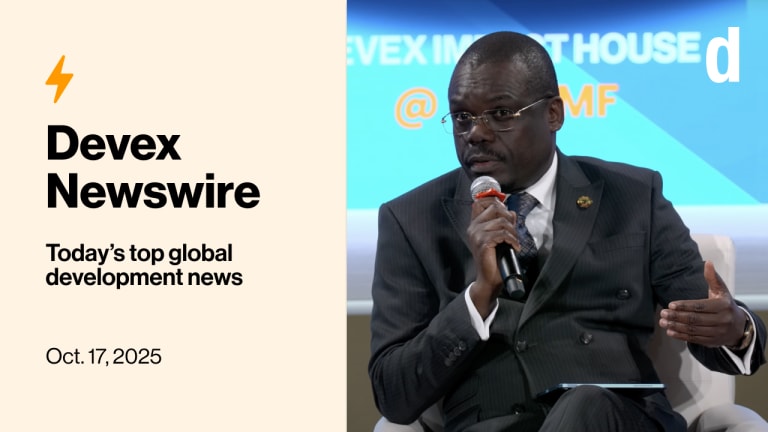Despite being in place for more than 20 years, microfinance has yet to achieve its full potential, some experts suggest.
Microfinance is being used in a variety of ways — from seed funding social enterprises to achieving social objectives at the community and household level. But this form of financial service should be implemented strategically and effectively by well-informed, highly skilled, socially sensitive microfinance players and development practitioners. Else, microfinance could be “a double-edged sword.”
“The effective use of money … is fundamental to achieving development objectives. Without affordable credit and accompanying financial services, offered at the right terms and sizes, sustainable long-term economic expansion at a household and community level cannot occur,” Neal Youngquist, World Vision Myanmar’s microfinance program general manager, told Devex.








